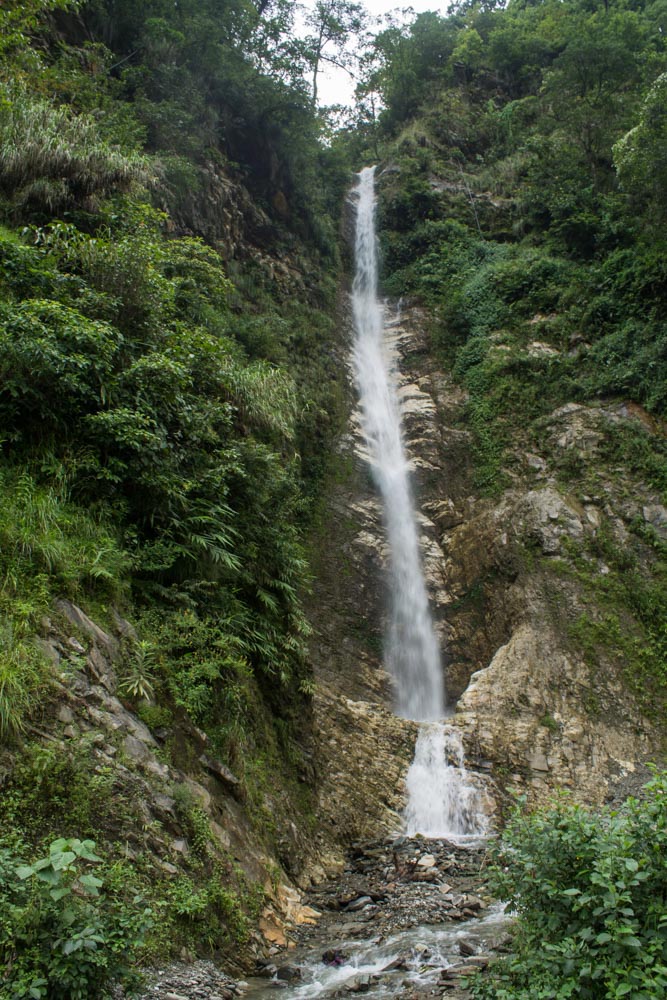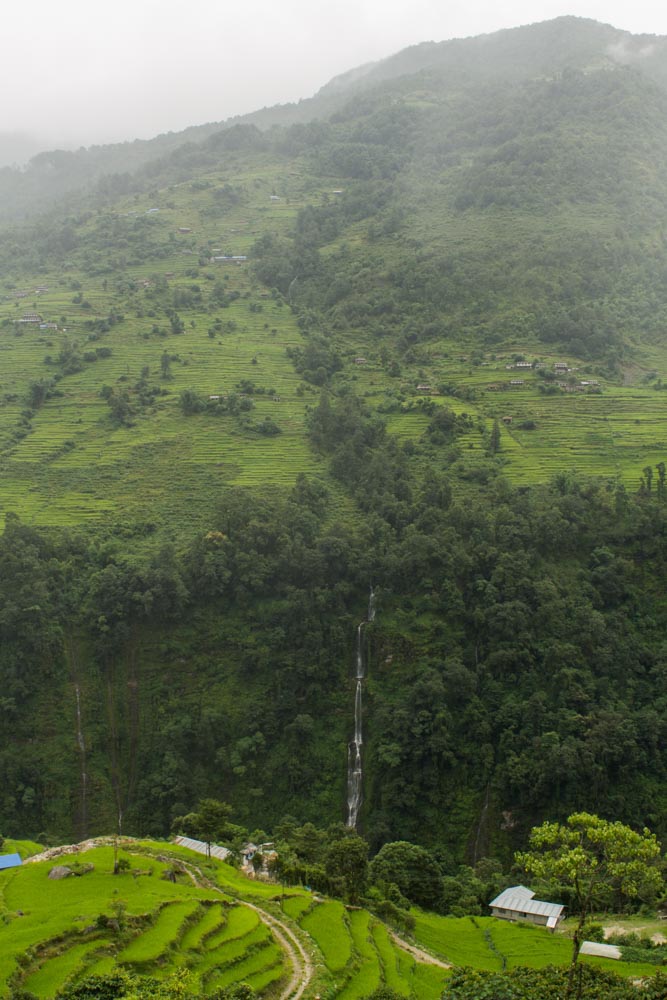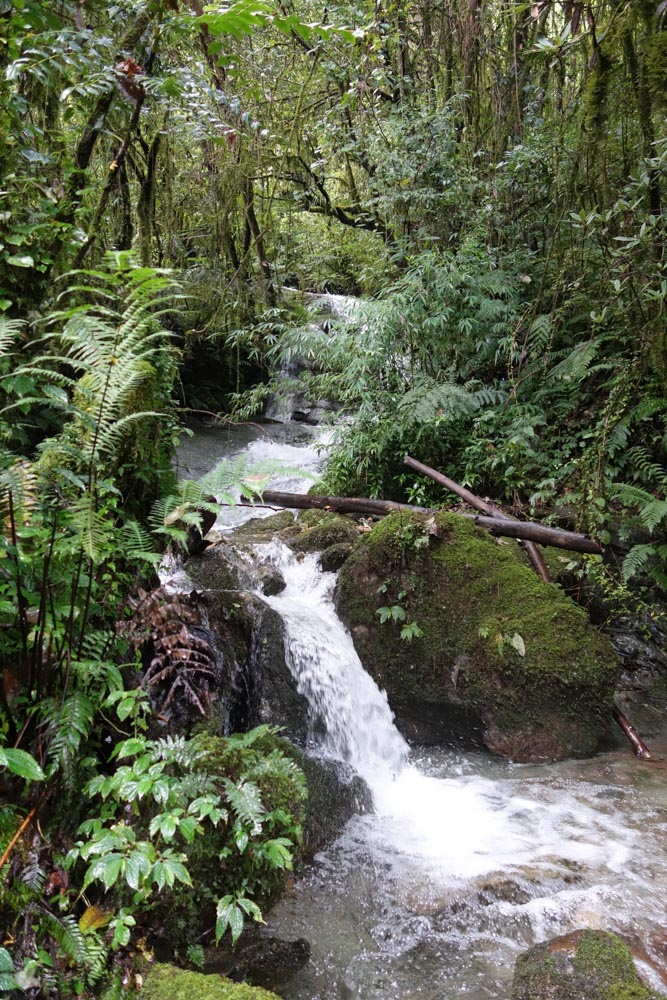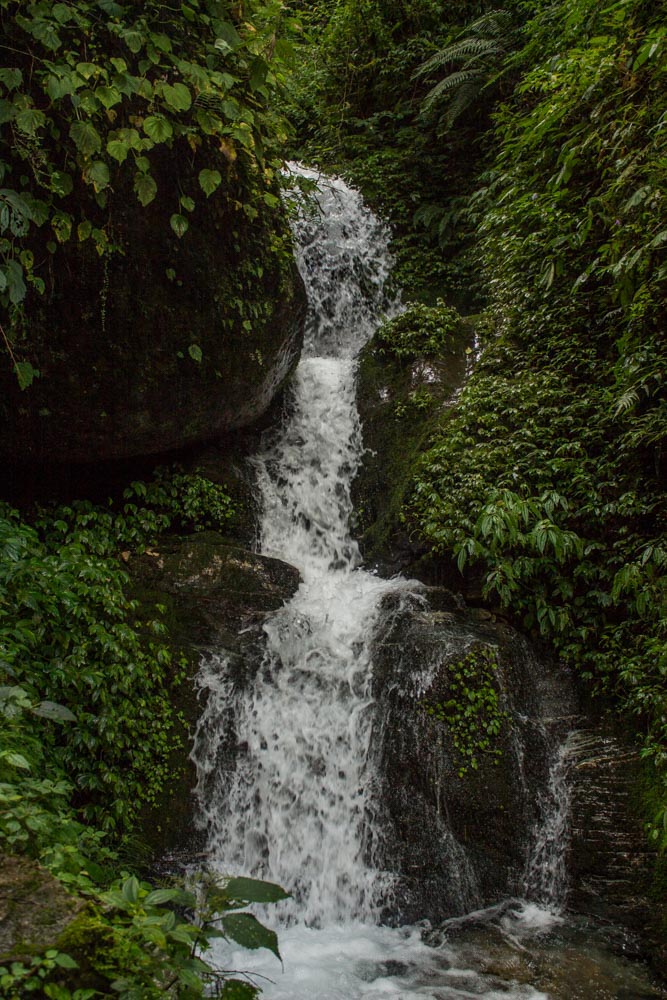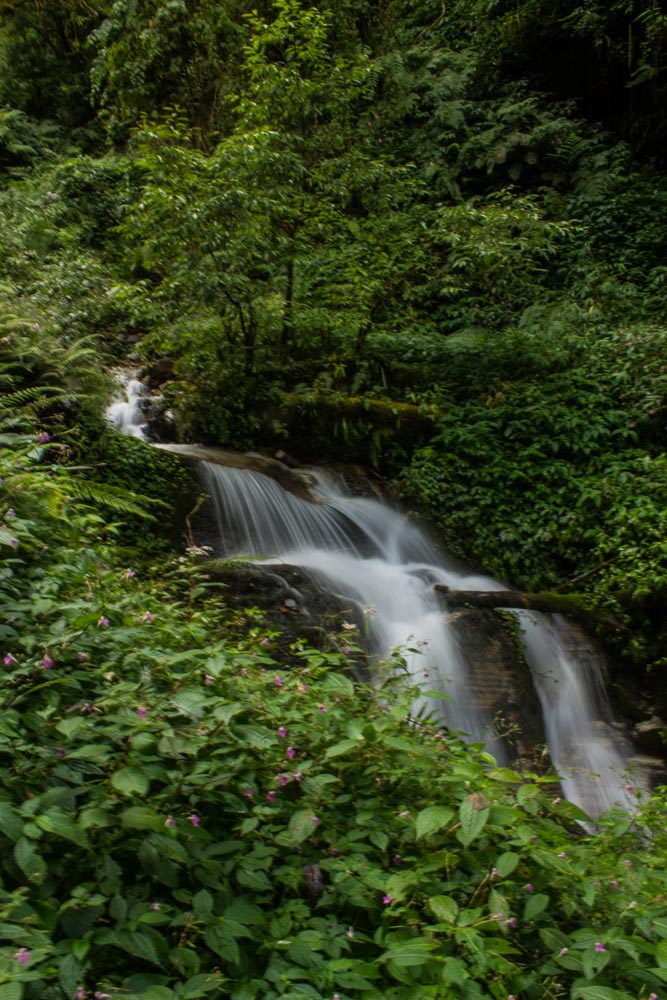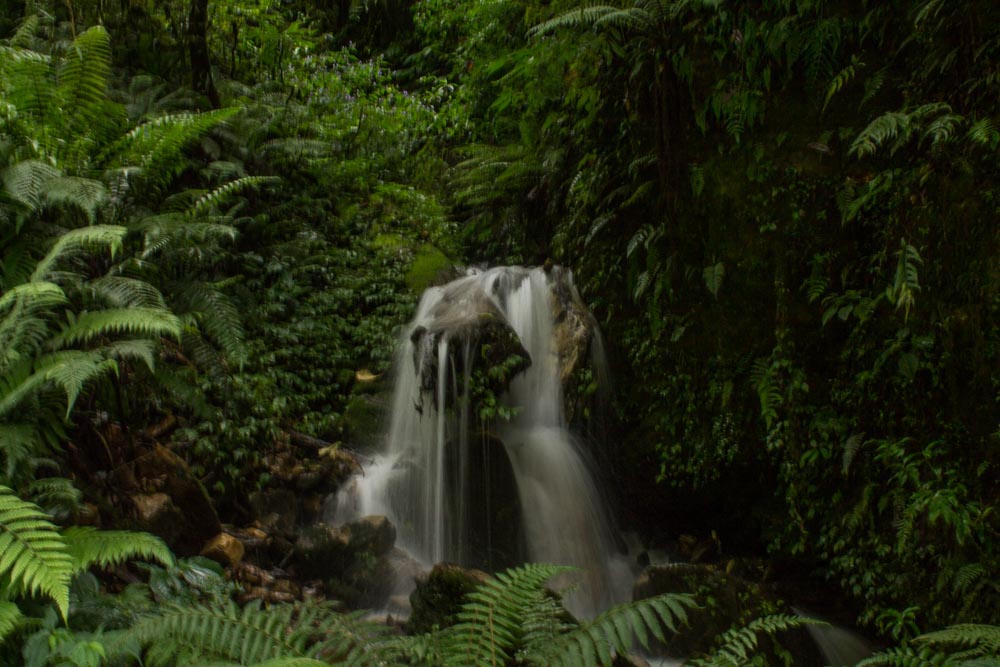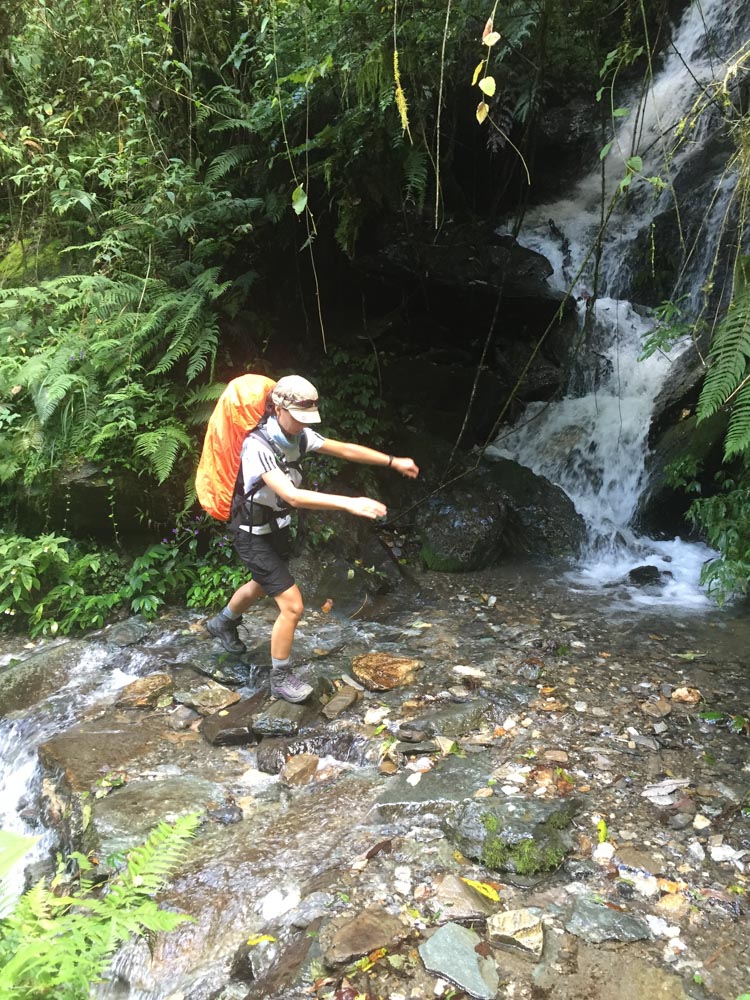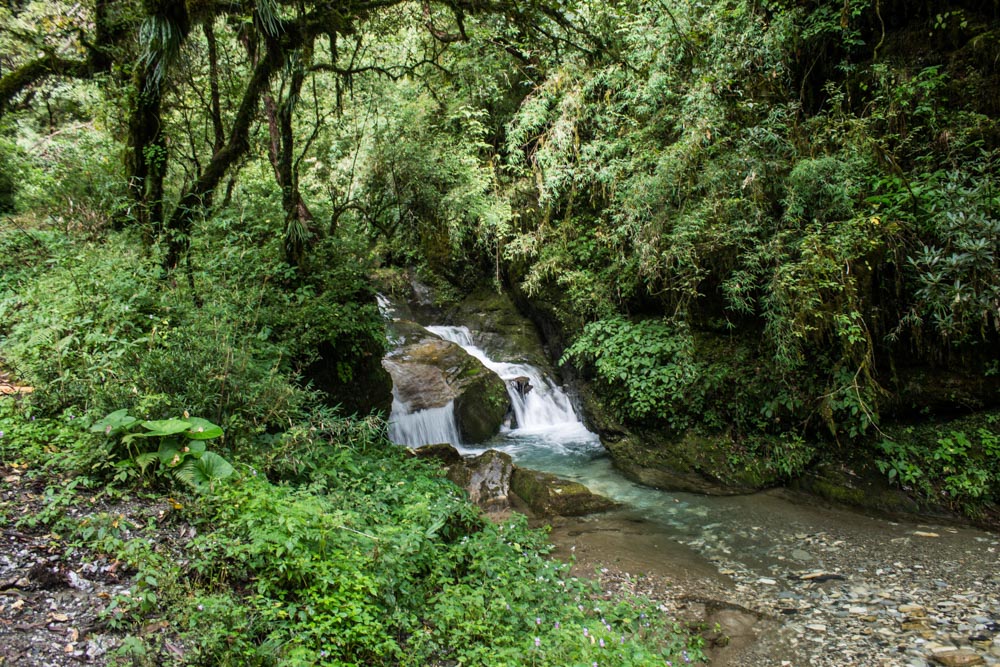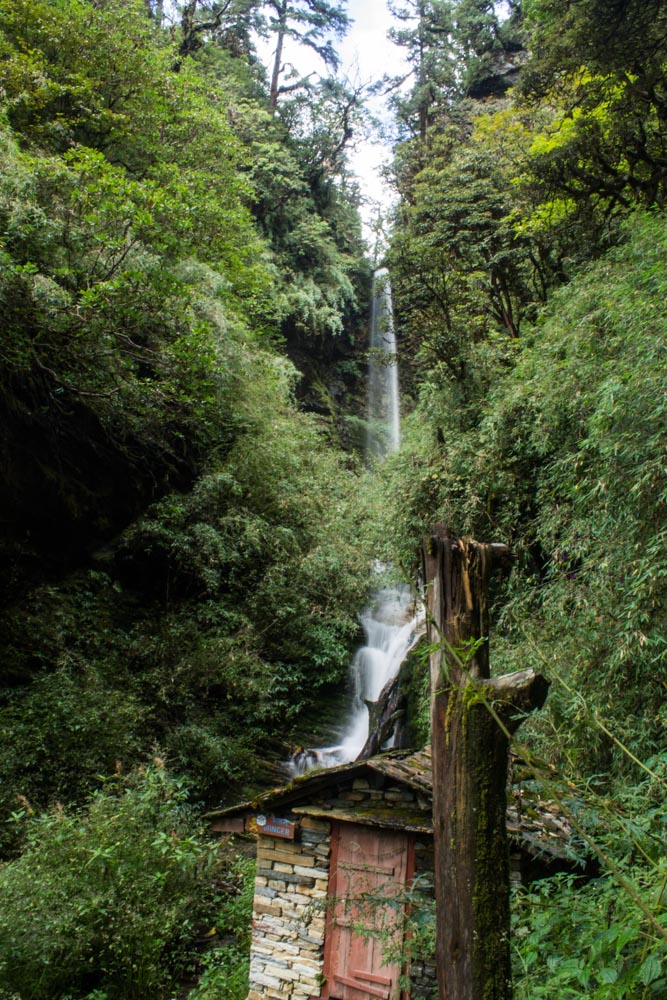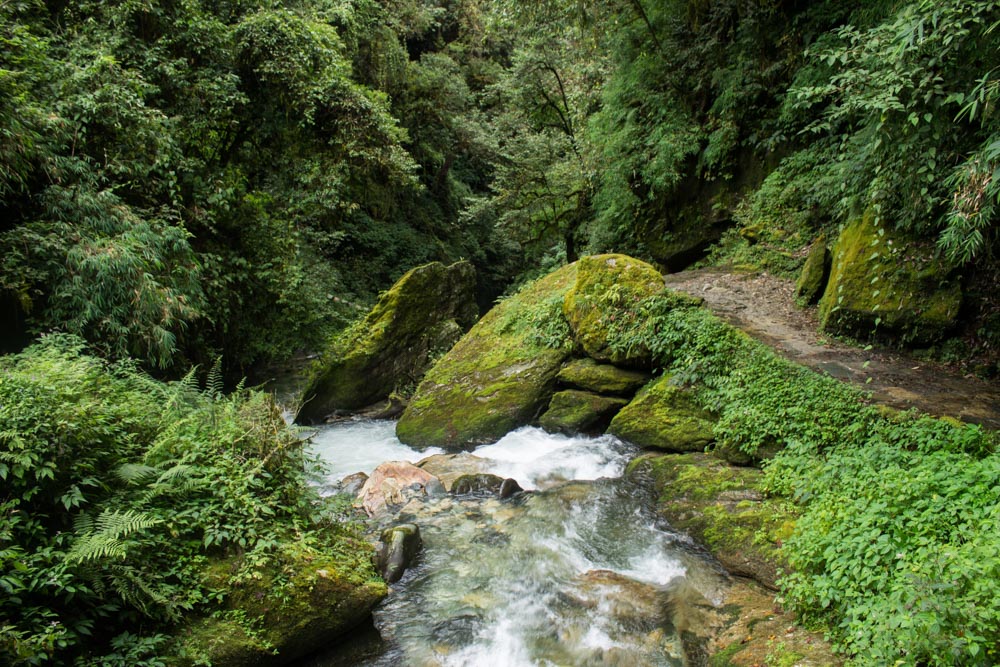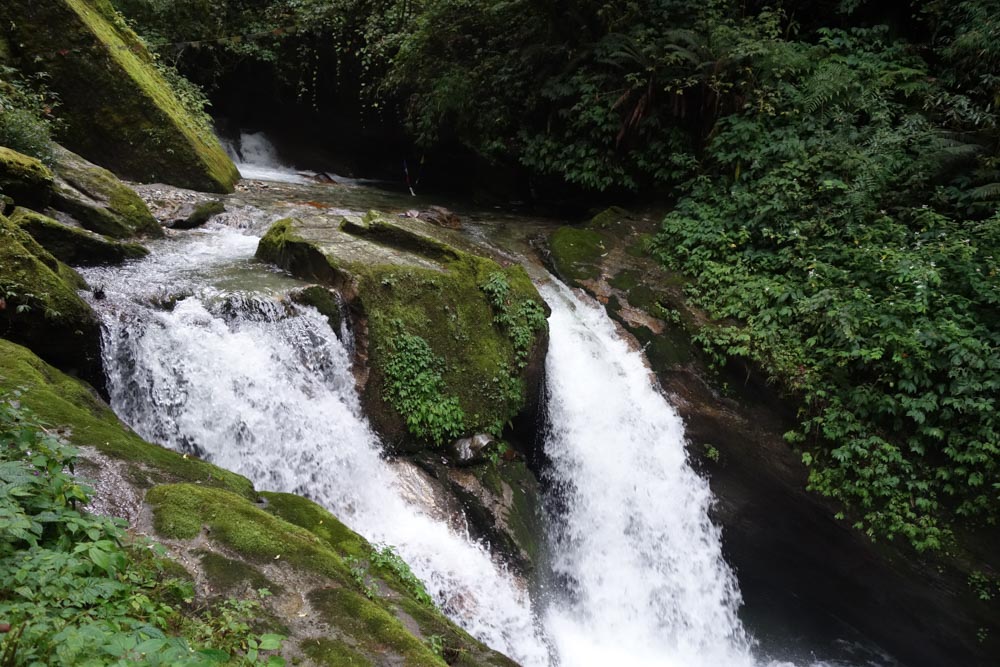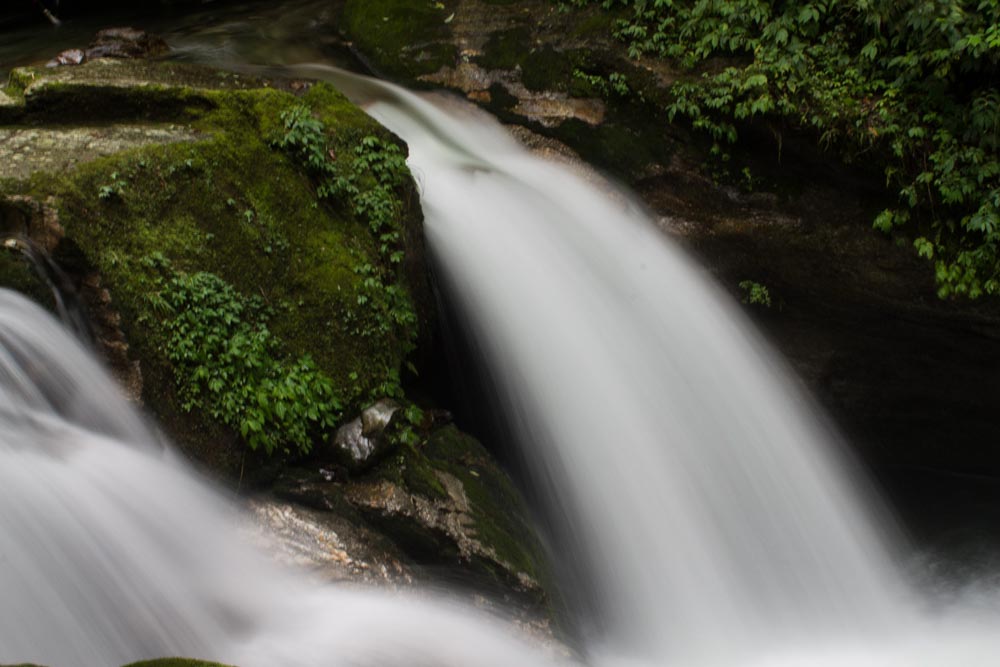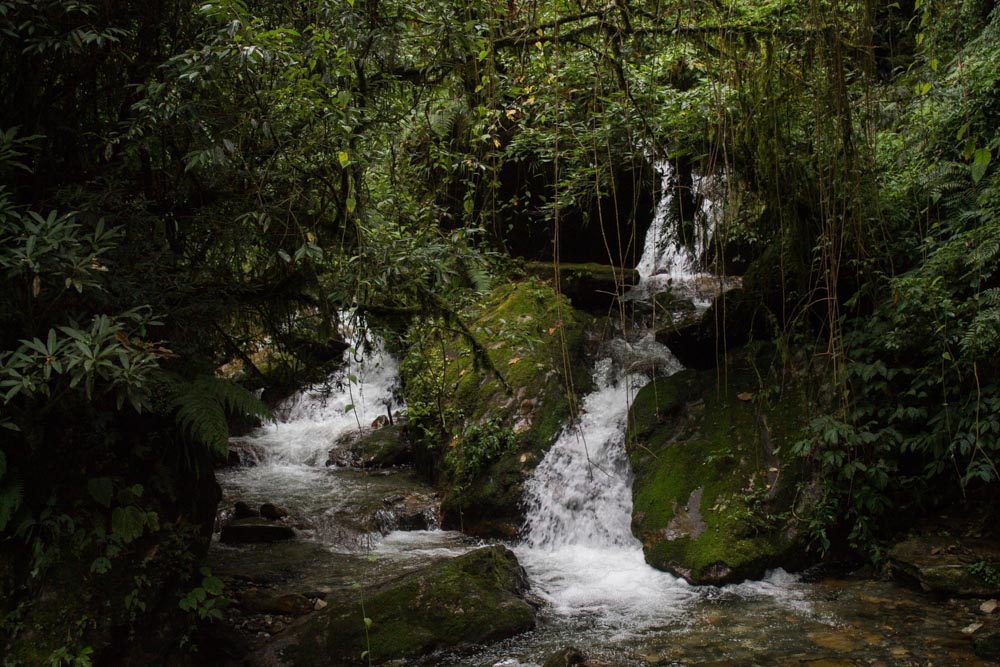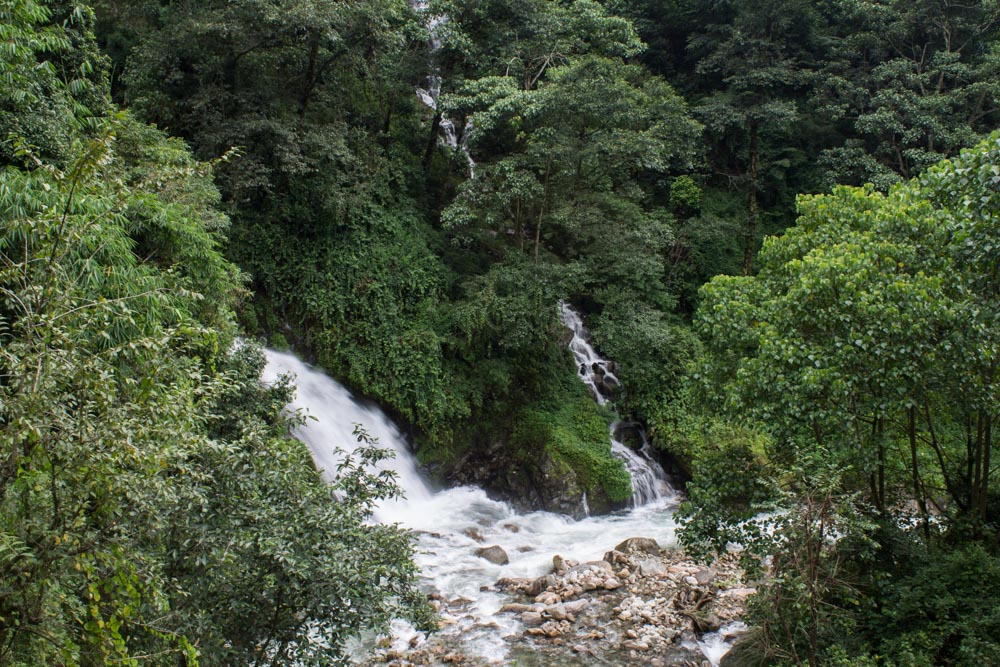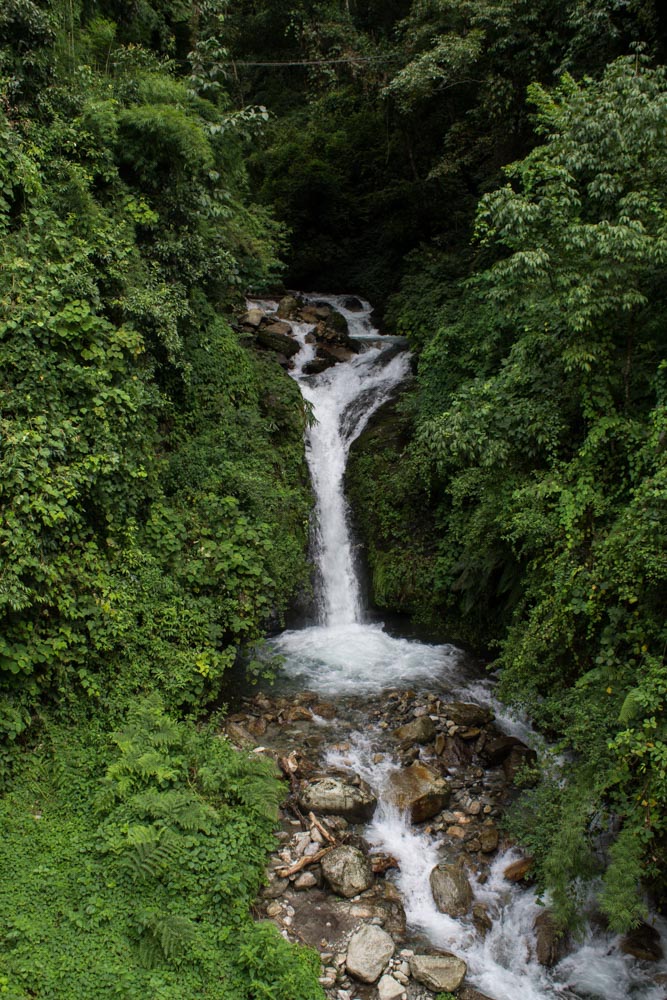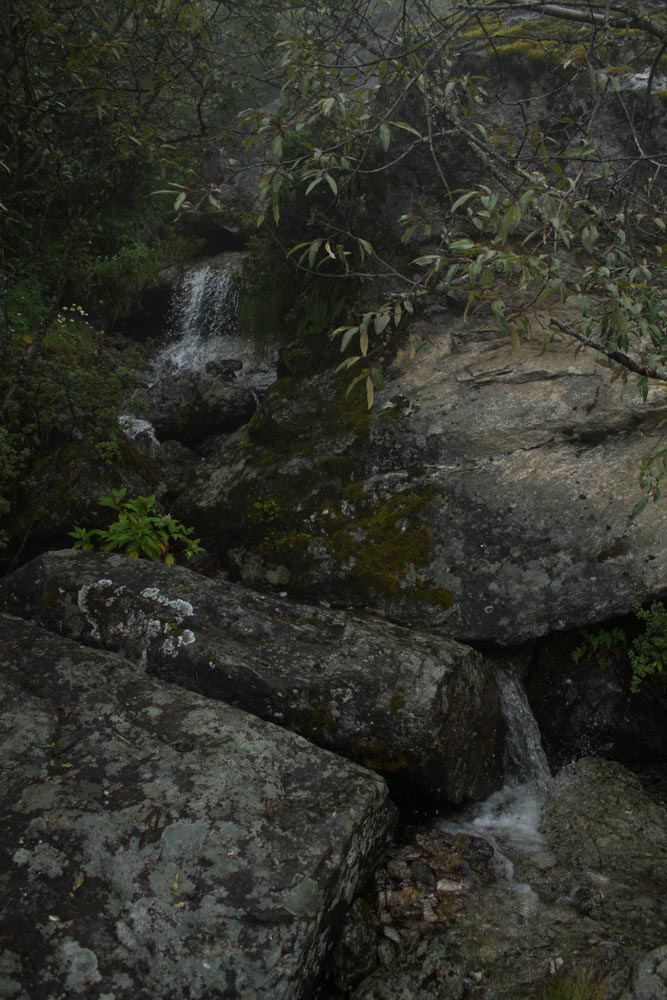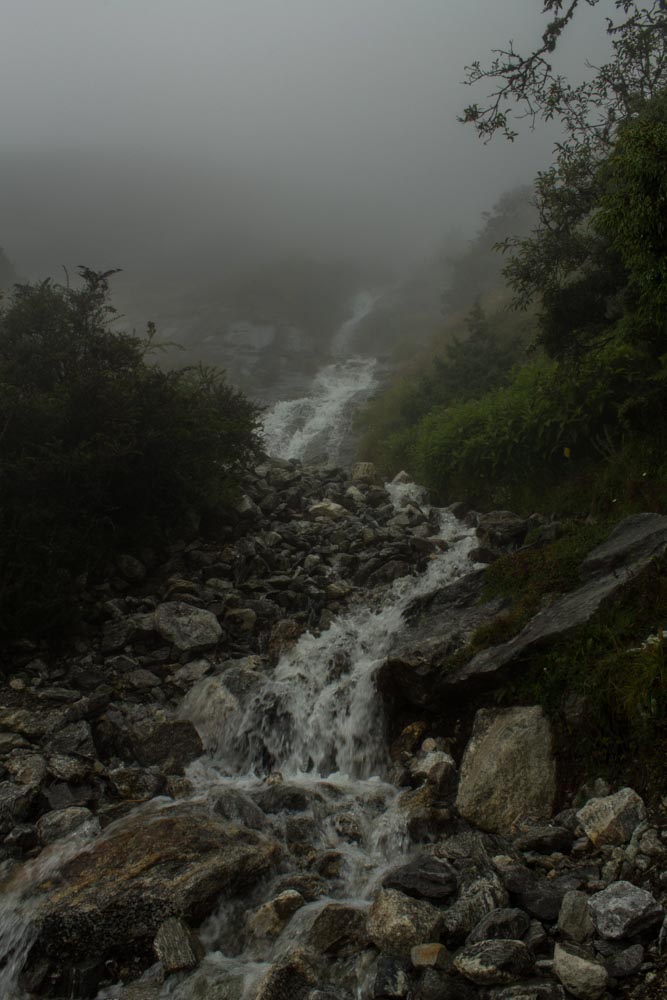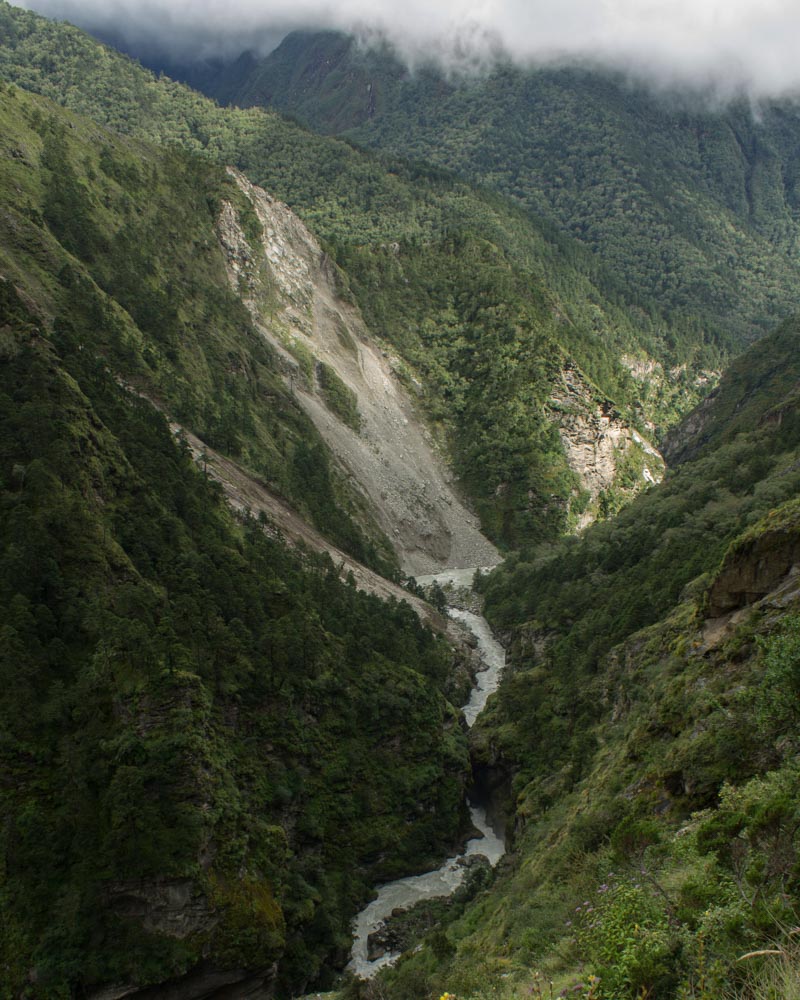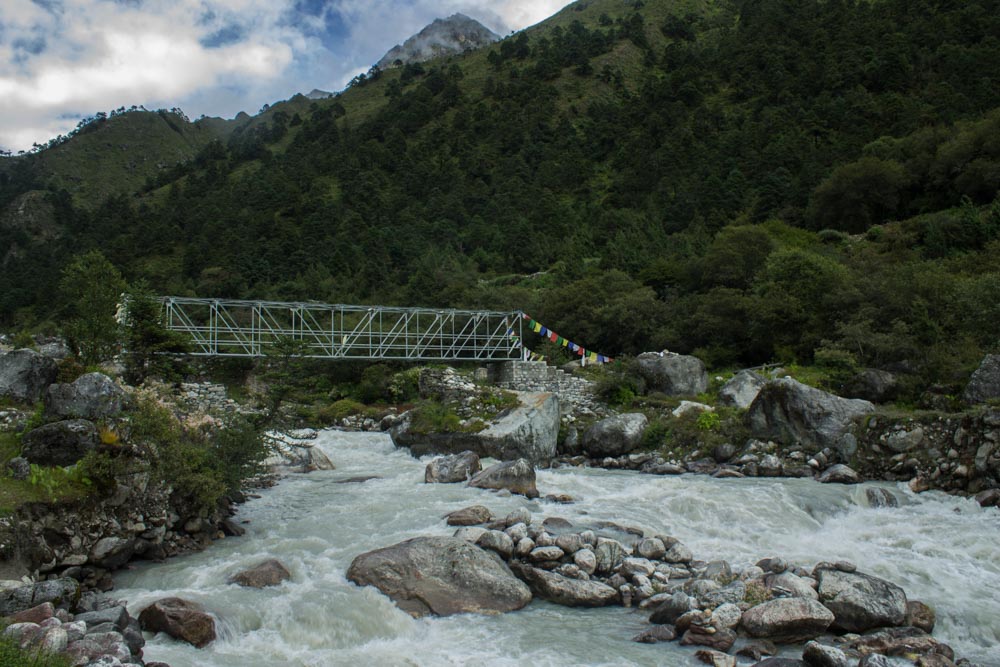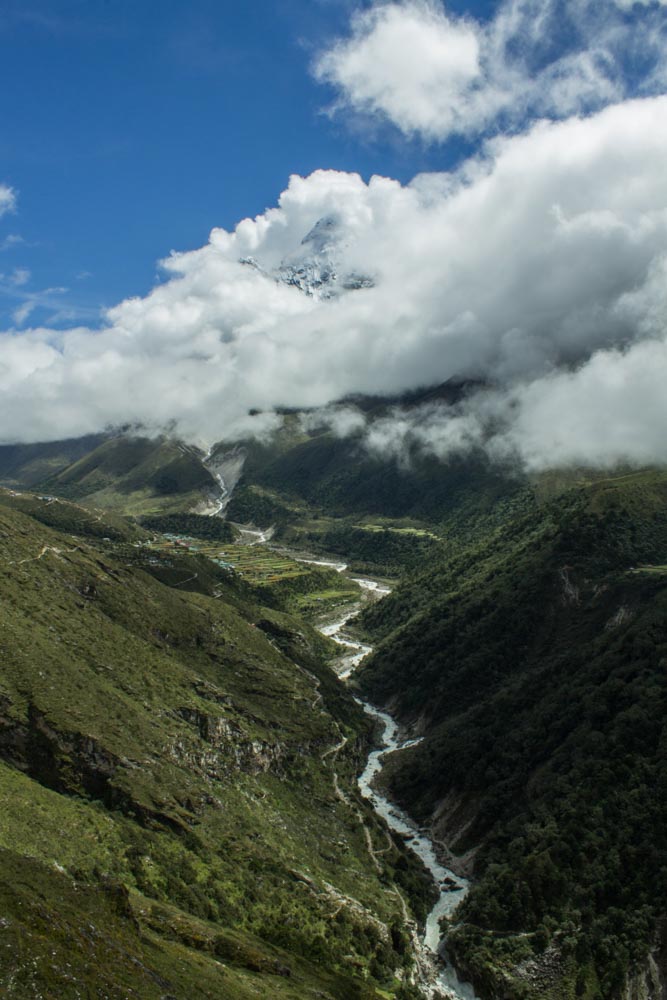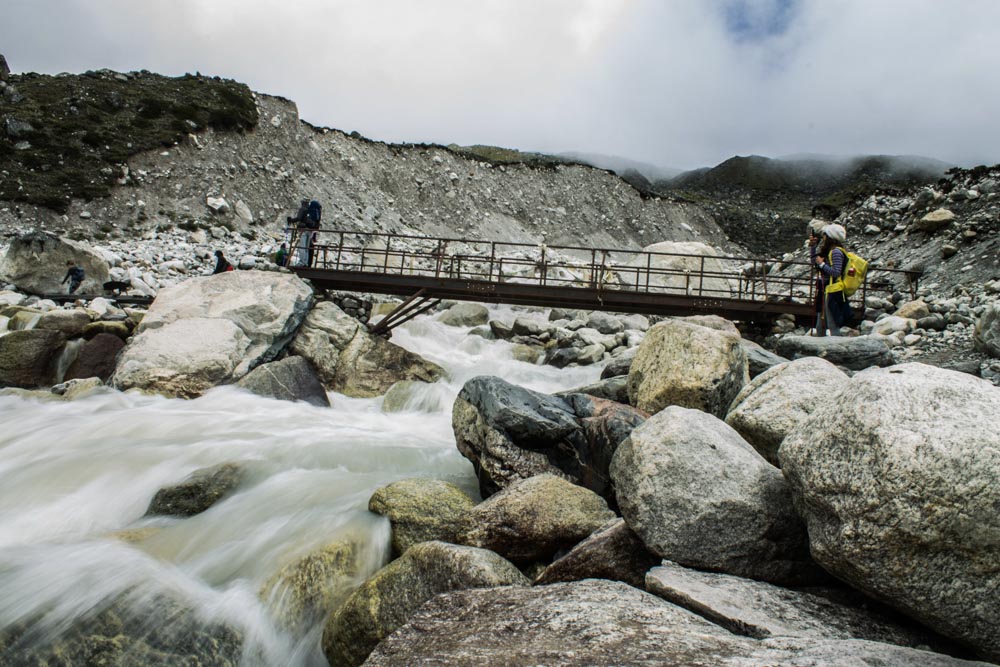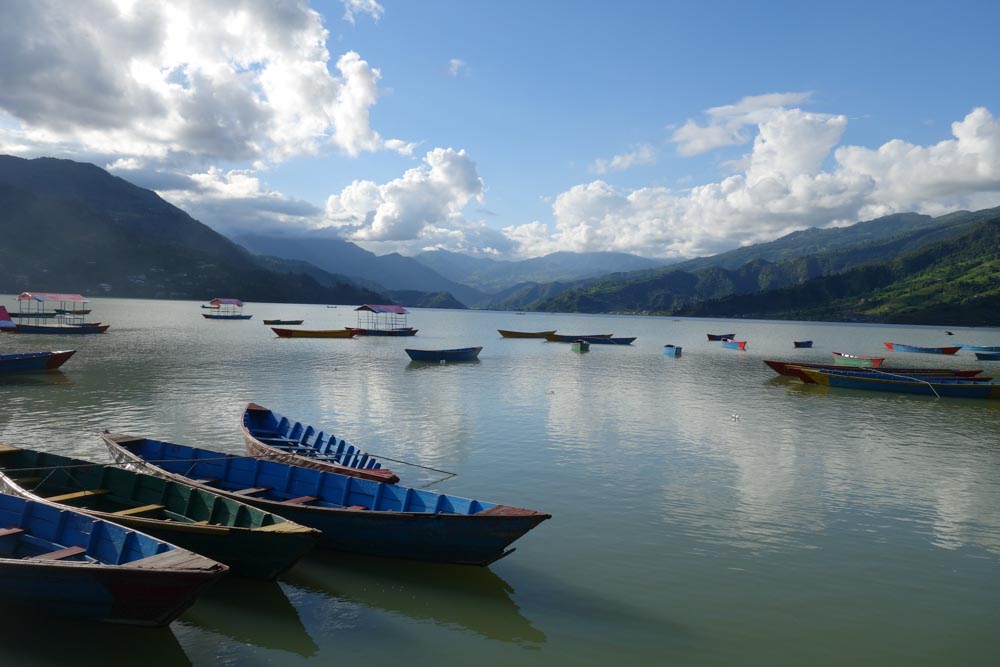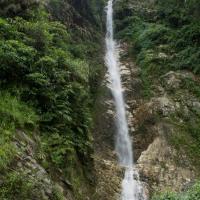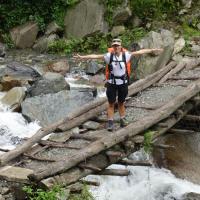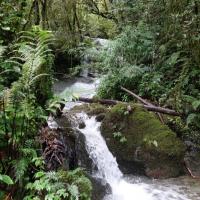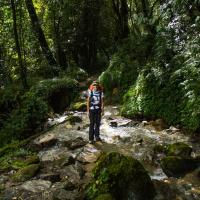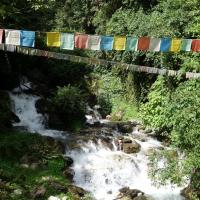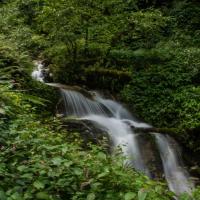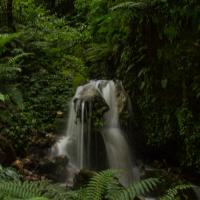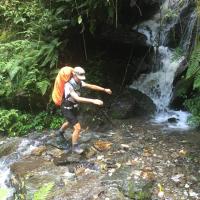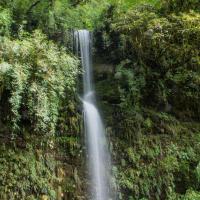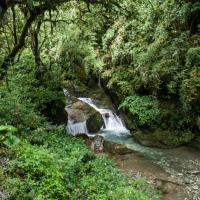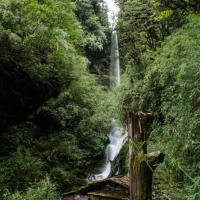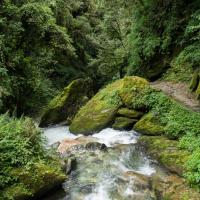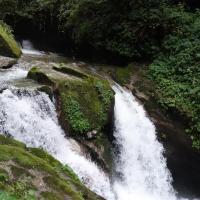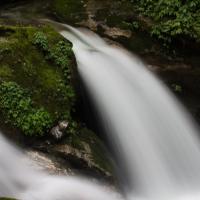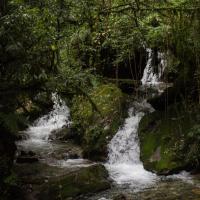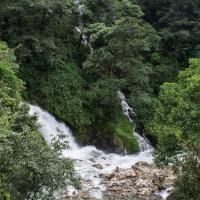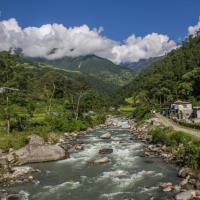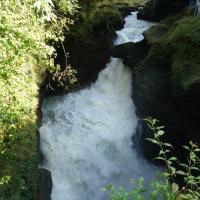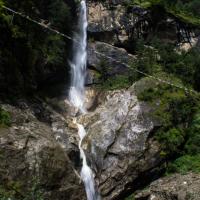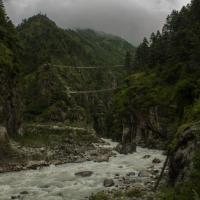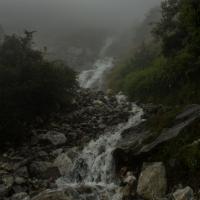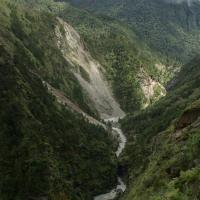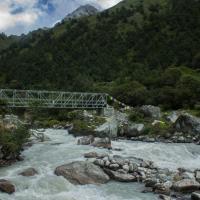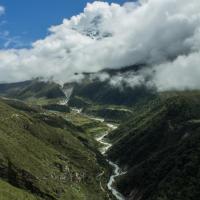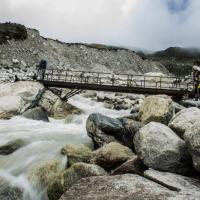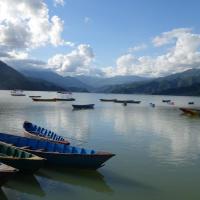As walking through the Everest valley, I was surprised to realise that no one had access to safe drinking water. While for tourists, it is not so much of an issue as we can add “micropur” pills into our bottles, this is not sustainable for local inhabitants. Moreover, there was no established supply system to provide drinkable water beside … plastic bottles. So you can imagine already how much pollution this solution creates … I thought at least that the higher up we will reach, the safer the water should be. Well, even at the highest point we could not drink the water from the streams.
In the Annapurna region the situation was similar however they had started tackling one issue. There was access to drinkable water in the form of big water tanks (~15 to 20 litres) so we could refill our bottles without buying plastic bottles. However, the local population still had issue to access drinkable water on a larger scale.
This situation alarmed me when I saw how many streams and waterfalls were on the way; clearly something was not right. Enough of my impressions and let’s get to the facts:
First, Nepal is among the richest in terms of water resource availability and water remains, one of the most important natural resource for the country (for hydroelectricity for example). There are different water resources in Nepal such as snow covers, rivers, springs, lakes, and groundwater.
Its river system, constantly supplied by the glaciers is impressive. Nepal is a part of the Ganga Basin and it is estimated that approximately 70% of dry season flow and 40% of annual flow of the Ganga River comes through Nepal. Hence, It is estimated that there are altogether 6,000 rivers (including rivulets and tributaries) in Nepal. The cumulative length of rivers is 45,000 km and there are 24 rivers longer than 100 km.
So all these water resources give a solid base for renewable water supply: It is stated that the total renewable water resource of the country is estimated to be 237 km3/year (225 km3/year for surface sources and 12 km3/year for groundwater sources). Per capita, Nepal is ranked just below France, at the 44th position, however the access to this resource in both countries is quite distinctive.
Indeed, that’s the sad part, Nepal is facing a major issue related to access to drinkable water. Two facts retained my attention:
- 2.3 M people don’t have access to safe water (so nearly 10% of the population), while the Department of Water Supply and Sewerage in Nepal estimates that 80% of the total population has access to drinking water.
- Over 600 children under five die every year from diarrhoea caused by unsafe water and poor sanitation in Nepal.
For sure the size of its population (28.5 M inhabitant in 2015), given the limitation of liveable space is an issue. The density of population around Kathmandu makes it hard to have a proper sanitation system and on top, Nepal is one of the poorest nations in the world with an estimated GDP per capita of US$470. One of the major consequence is sanitation. Only 27 percent have improved access to sanitation, so you can imagine the impact to the rivers. Peoples don’t have an alternative but to use local surface water sources like rivers for bathing and washing clothes, plus the pollution due to the country industrialisation.
So the situation is not rosy and that’s why I wanted to write about it, to inform in case you are not aware of this (like I was before travelling to Nepal), now time for pictures because it’s an amazing country.
Sources:
